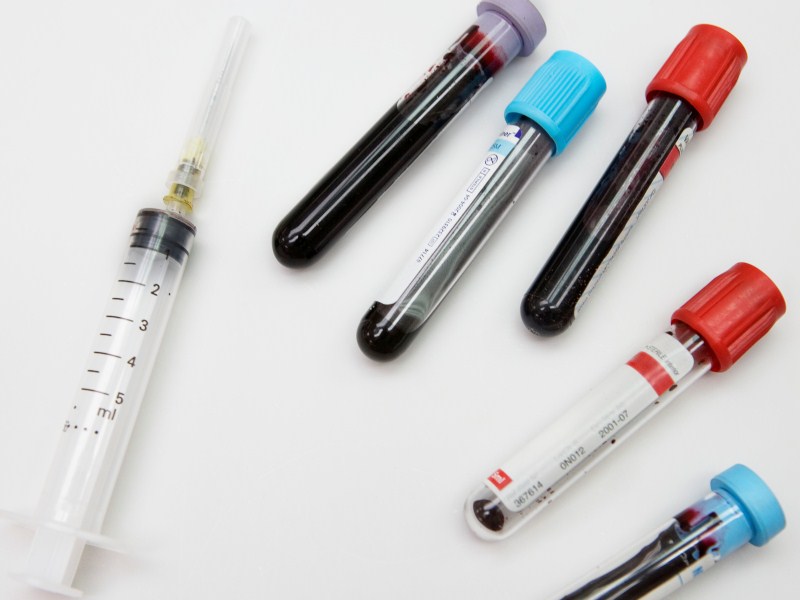Mastering Phlebotomy: The Ultimate Beginner’s Guide to Blood Collection basics
Phlebotomy is an essential skill in the medical field, particularly within laboratory and clinical settings.Understanding the fundamentals of blood collection can be both a fulfilling and necessary pursuit, whether you are considering a career in healthcare or simply wish to expand your knowledge. This comprehensive guide will cover everything a beginner needs to know about phlebotomy, including basic techniques, benefits, and practical tips to help you achieve mastery.
What is Phlebotomy?
Phlebotomy is the practice of drawing blood from a patient for various medical purposes, including diagnostic testing, transfusions, and research. Trained professionals known as phlebotomists utilize specific techniques to collect samples safely and effectively.
The Importance of Phlebotomy
- Diagnostic Testing: Blood tests provide invaluable data about a person’s health status.
- Research: Blood samples are critical for advancing medical science through research.
- Transfusions: Blood collection is vital for ensuring that blood banks have sufficient supplies.
Benefits of Learning Phlebotomy
Mastering phlebotomy offers numerous advantages:
- Career Opportunities: The demand for certified phlebotomists continues to grow across healthcare settings.
- Hands-On Skills: Phlebotomy provides practical skills that are directly applicable in patient care.
- Patient Interaction: Enjoy the chance to work closely with patients and enhance their healthcare experience.
Blood Collection Basics
Essential Tools and Equipment
To successfully perform phlebotomy, a few essential tools are required:
| Tool | Purpose |
|---|---|
| Venipuncture Needle | Used to draw blood from the vein. |
| Vacutainer Tubes | Holds the collected blood samples for testing. |
| Tourniquet | Constrains blood flow to make veins more prominent. |
| alcohol Swabs | Disinfects the skin before collection. |
| Gloves | Protects the phlebotomist and patient from contamination. |
The blood Collection Process
The process of collecting blood generally involves the following steps:
-
Preparation:
- Verify the patient’s identity.
- Explain the procedure to the patient to ensure comfort.
-
Site Selection:
- choose the appropriate vein, typically the median cubital vein found in the arm.
- Apply the tourniquet to engorge the veins.
-
collection:
- Clean the site with an alcohol swab.
- Insert the needle into the vein and collect blood into the vacutainer tubes.
-
Post-Collection Care:
- Remove the needle and apply pressure with a cotton ball or gauze.
- Label the samples correctly and dispose of sharp objects properly.
Practical Tips for Beginner Phlebotomists
- Practice Makes Perfect: Find opportunities to practice on training arms or with approved classmates.
- Focus on Communication: Always keep the patient informed and calm throughout the procedure.
- Stay Organized: Keep your workstation clutter-free to ensure efficiency and safety.
- follow Protocols: Adhere strictly to hygiene and safety protocols to protect yourself and your patients.
Common Challenges in Phlebotomy
As you start your journey in phlebotomy,be prepared to encounter some common challenges:
- Challenging Veins: some patients may have veins that are hard to locate. In such cases, try different sites or use warming packs to aid visibility.
- Patient Anxiety: many individuals experience anxiety about blood draws. Take the time to provide reassurance and address any concerns.
- Infection Control: Maintaining hygiene and preventing contamination is crucial. Always wear gloves and use sterile equipment.
Case Studies: Real-Life Experiences in Phlebotomy
Understanding the practical applications of phlebotomy is invaluable. Here are some case studies that illustrate the challenges and learning experiences faced by new phlebotomists:
Case Study 1: Overcoming Patient anxiety
A new phlebotomist encountered a patient who was extremely anxious about blood draws. By employing gentle communication and guiding the patient through the process, the phlebotomist made the patient feel comfortable, resulting in a triumphant blood draw.
Case Study 2: Exploring difficult Venous Access
A situation arose where a phlebotomist was unable to find a suitable vein in a patient. They decided to use a warming pad, making the veins more prominent and successfully completing the blood collection without distressing the patient.
First-Hand Experience: A Day in the Life of a Phlebotomist
To provide a realistic viewpoint, here’s an overview of a typical day:
- Start your day by reviewing patient appointments and preparing your workspace.
- Before each collection, communicate clearly with each patient to ease any anxiety.
- Perform blood draws, maintain careful documentation, and label specimens properly.
- Handle post-collection instructions, ensuring patients know how to care for themselves after the procedure.
Conclusion
Mastering phlebotomy is a rewarding journey filled with challenges and opportunities for growth. By understanding the blood collection basics, familiarizing yourself with the necessary tools, and developing effective communication skills, you can excel in this vital healthcare role. Remember, practice, patience, and adherence to safety protocols are key to becoming a proficient phlebotomist. Whether you’re aiming for a career in healthcare or just want to become more knowledgeable, this beginner’s guide should set you on the right path toward success in phlebotomy.
